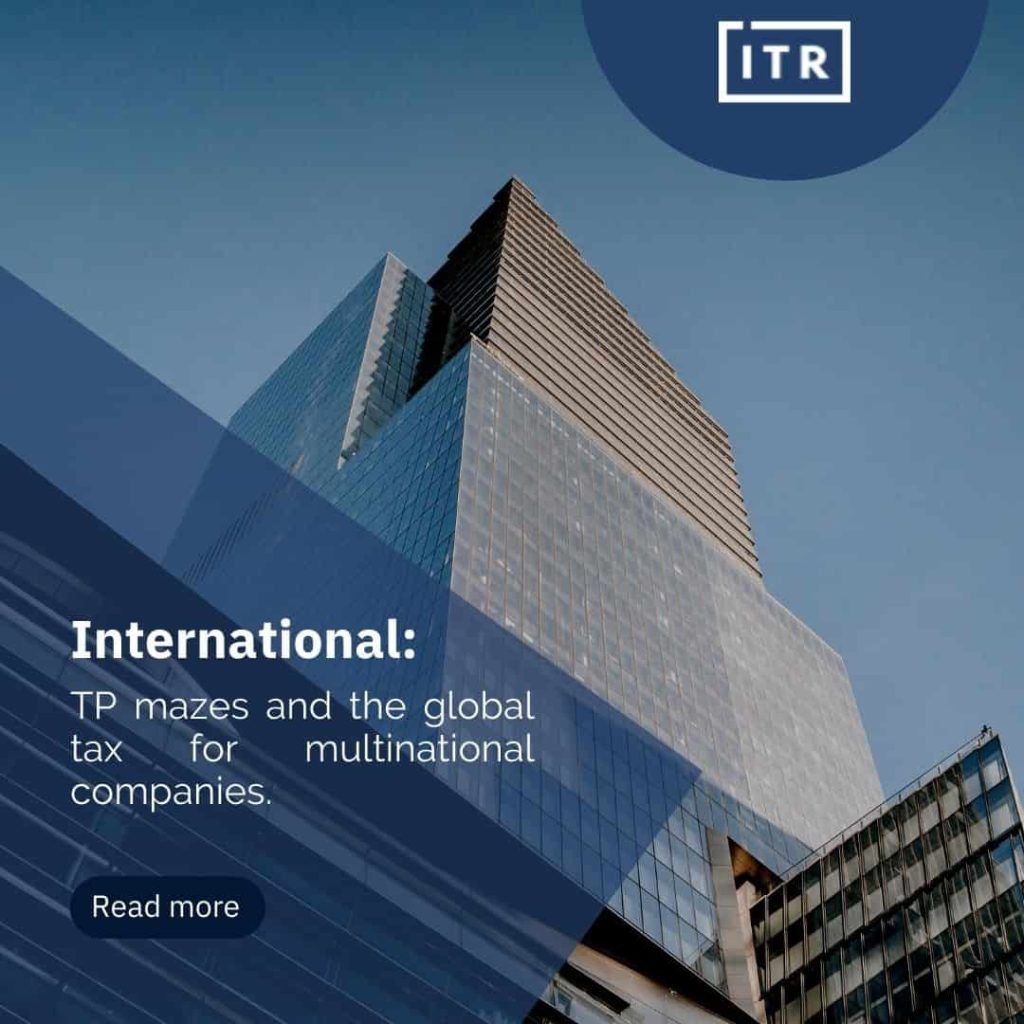Philippines
Introduction
In January 2013, the Philippine Bureau of Internal Revenue (BIR) published the Transfer Pricing Guidelines through Regulation No. 02-2013, which applies the Arm’s Length Principle for cross-border and domestic transactions between associated enterprises. These Guidances are under the OECD Transfer Pricing Guidelines.
In 2019, the audit procedures applicable to taxpayers performing related party transactions were regulated. Likewise, in July 2020, the Transfer Pricing Compliance Requirements were introduced to ensure the Arm’s Length Principle compliance through Regulation N°34-2020 in related party transactions performed by companies are planned and executed in line with the Arm’s Length Principle.
Related Parties
A related party is defined as:
- A company that directly or indirectly participates in the management, control, or capital of another one.
- The same person that directly or indirectly participates in the management, control, or capital of two others.
In addition, a transaction may be controlled presumed if “the entity owns more than 30% of the outstanding shares with the corporate voting rights, as well as other situations that place the parties in a controlled environment or relationship.”
Transfer Pricing Methods
The BIR does not have a specific preference for any method since the most reliable method shall be employed according to the circumstances. The BIR may implement, in exceptions when no comparable transactions or sufficient data to apply, the following approaches to verify whether controlled transactions are under the Arm’s Length Principle:
- Extension of Transfer Pricing methods. The comparable transaction may apply to companies in another industry segment or group of segments.
- Use of a combination or mixture of methods or other approaches.
Transfer Pricing Documentation
In the Philippines, there are two Transfer Pricing documentation requirements:
- Information Related Party Transactions Statement (Form No. 1709).
- Transfer Pricing Report.
Form 1709 or Information Related Party Transaction Statement
Taxpayers complying with these three conditions must file BIR Form No. 1709:
- Those required to file an Annual Income Tax Return (AITR).
- The taxpayer must have transactions with a domestic or foreign-related party during the taxable period in question.
- Those fitting into any of the following categories:
- Large taxpayer.
- Those enjoying tax incentives.
- Those reporting net operating losses for the current taxable year and the two (2) immediately preceding consecutive taxable years.
Transfer Pricing Report
The filing of the Transfer Pricing documentation is mandatory for taxpayers who:
- Have annual gross sales/revenues for the tax period in question exceeding PhP150 million (US$3.1 million) and the total amount of transactions with foreign and domestic related parties exceeding PhP90 million (US$1.9 million);
- Disposal of tangible goods involving the same related party exceeding PhP60 million within the taxable year;
- Transaction of services, payment of interest, utilization of intangible goods, or other related party transaction involving the same related party exceeding PhP15 million within the taxable year.
The documentation must be retained for three years from the last day prescribed by law for filing the statement referred to in the documentation. Such documentation must be filed within 45 days from the date of application. This period may be extended based on the discretion of the BIR.
Transfer Pricing Penalties
There are no specific Transfer Pricing penalties in the Philippines.
Therefore, general tax penalties apply under the NIRC (National Internal Revenue Code) and other relevant laws. Generally, a 25% surtax (50% in fraud cases) is imposed on tax deficiencies.
Interest is imposed on the deficiency tax (but not the additional tax) at 20% per annum. A compromise penalty (the penalty for failure to file the information statement, neglect to maintain any records, or failure to provide any information required by the BIR) of up to Php25,000 may also be imposed.
<script>
/*
Author: Wolfgang Hartl
Author URI: https://my-webcraftdesign.at/
DOCS: https://my-webcraftdesign.at/tutorial/read-more-read-less-toggle-in-bricksbuilder/
*/
function WCD_rmrl(options) {
const readLessText = options.readLessText;
const readMoreText = options.readMoreText;
const rmrlContent = document.querySelectorAll("[wcd_rmrl_percentage]");
rmrlContent.forEach((element) => {
// INITIAL SETUP (define height, overflow and attributes)
element.style.overflow = "hidden";
element.setAttribute("wcd_rmrl_max", element.clientHeight + "px");
var percentage = element.getAttribute("wcd_rmrl_percentage");
var height = element.clientHeight;
height = Math.round((height / 100) * percentage) + "px";
element.setAttribute("wcd_rmrl_min", height);
element.style.height = height;
//ASSIGN CLICK EVENT TO TRIGGER
trigger = element.nextSibling;
trigger.addEventListener("click", function () {
if (element.style.height == element.getAttribute("wcd_rmrl_min")) {
element.style.height = element.getAttribute("wcd_rmrl_max");
this.childNodes.forEach((node) => {
if (node.nodeValue !== null) {
node.nodeValue = readLessText;
}
});
} else {
element.style.height = element.getAttribute("wcd_rmrl_min");
this.childNodes.forEach((node) => {
if (node.nodeValue !== null) {
node.nodeValue = readMoreText;
}
});
}
});
});
}
const rmrl = new WCD_rmrl({
readLessText : 'Read Less',
readMoreText : 'Read More',
});
</script>External Articles
Below is a list of articles written by our staff and published in international publications.





